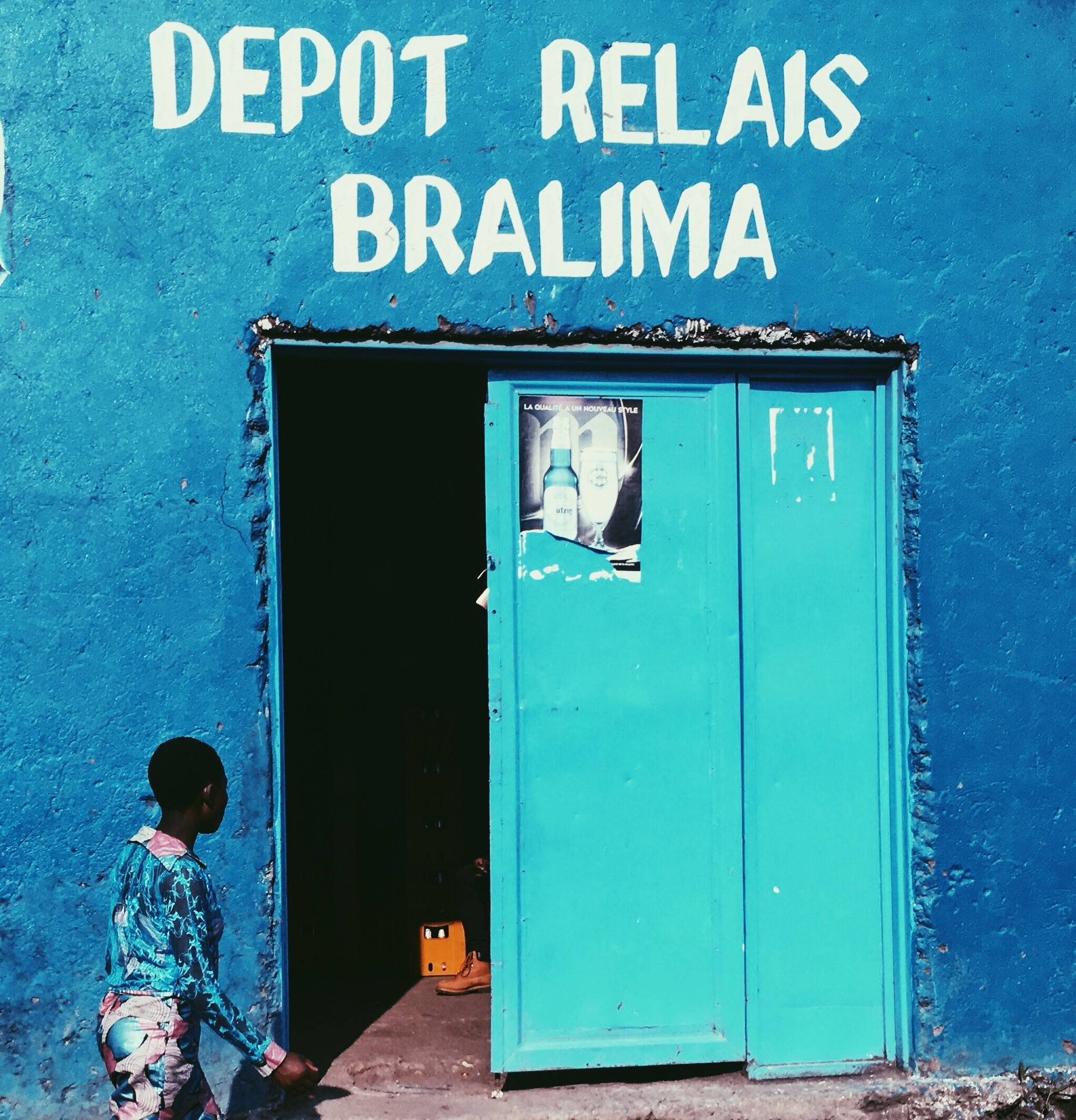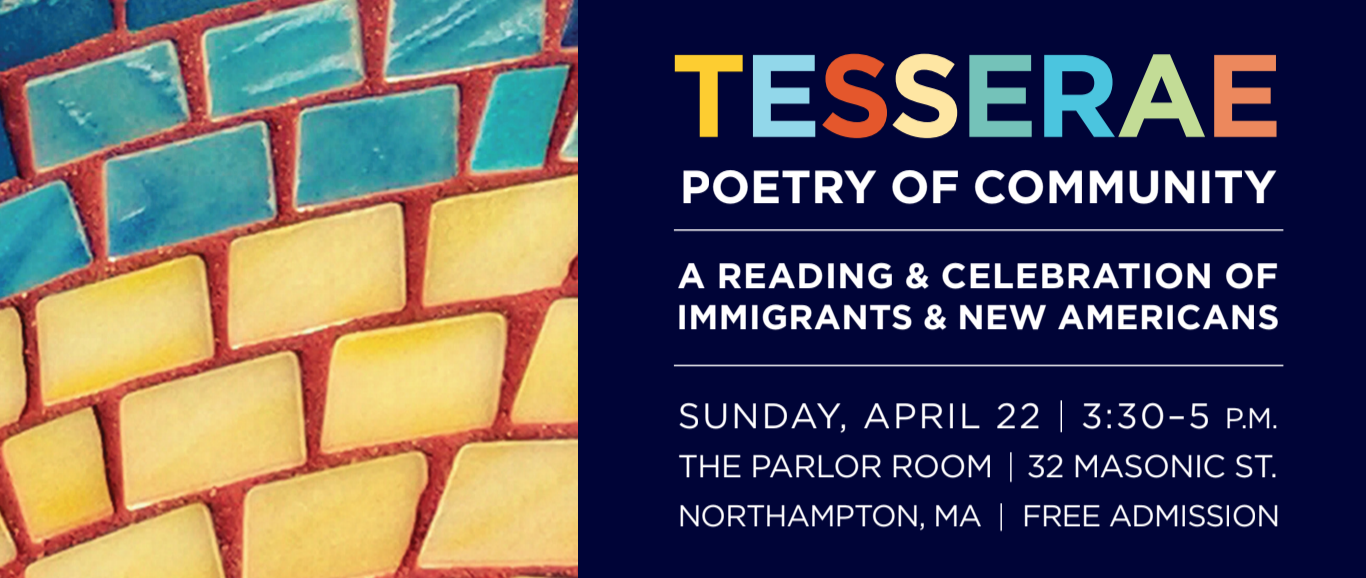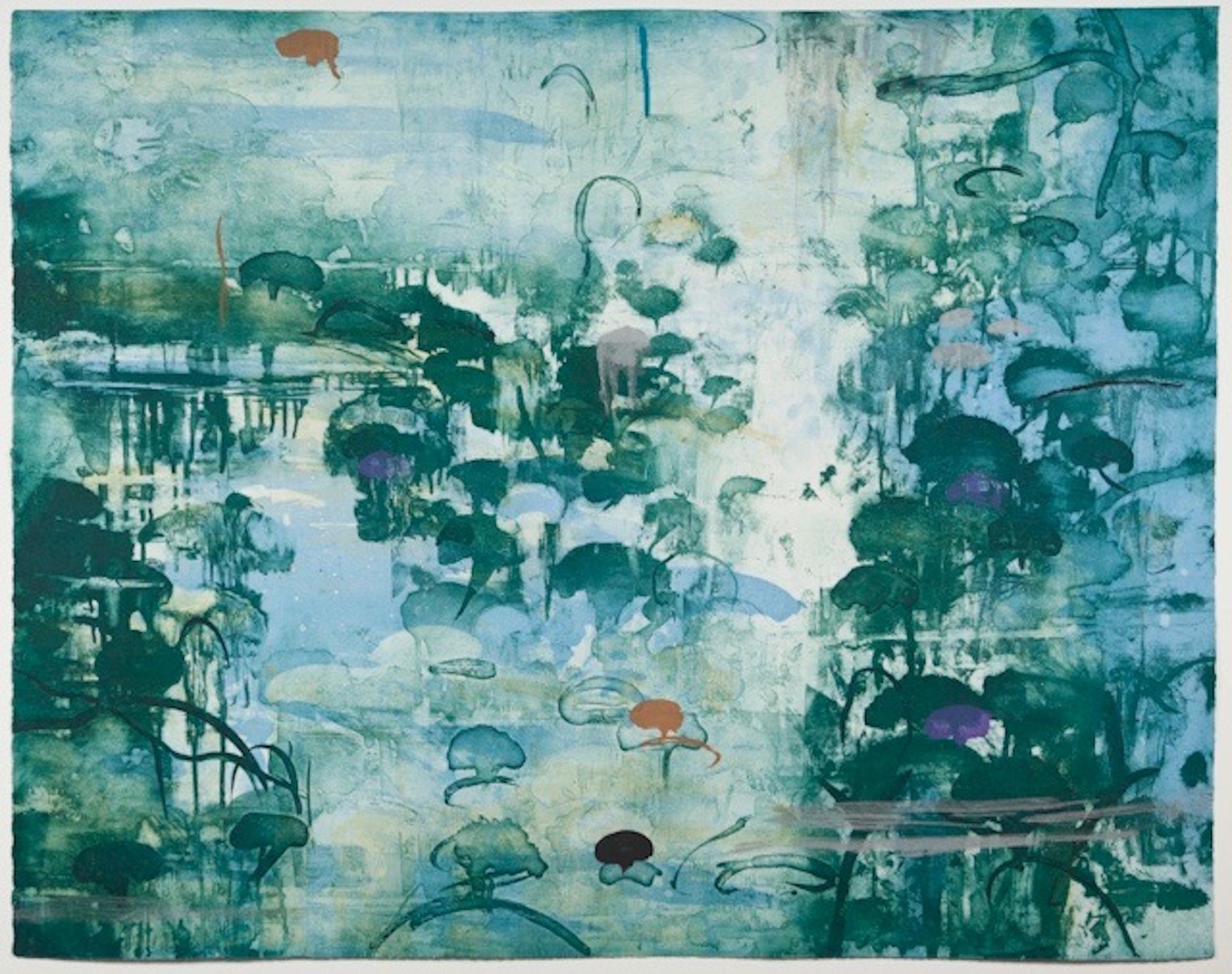Artist: EMEKA OGBOH
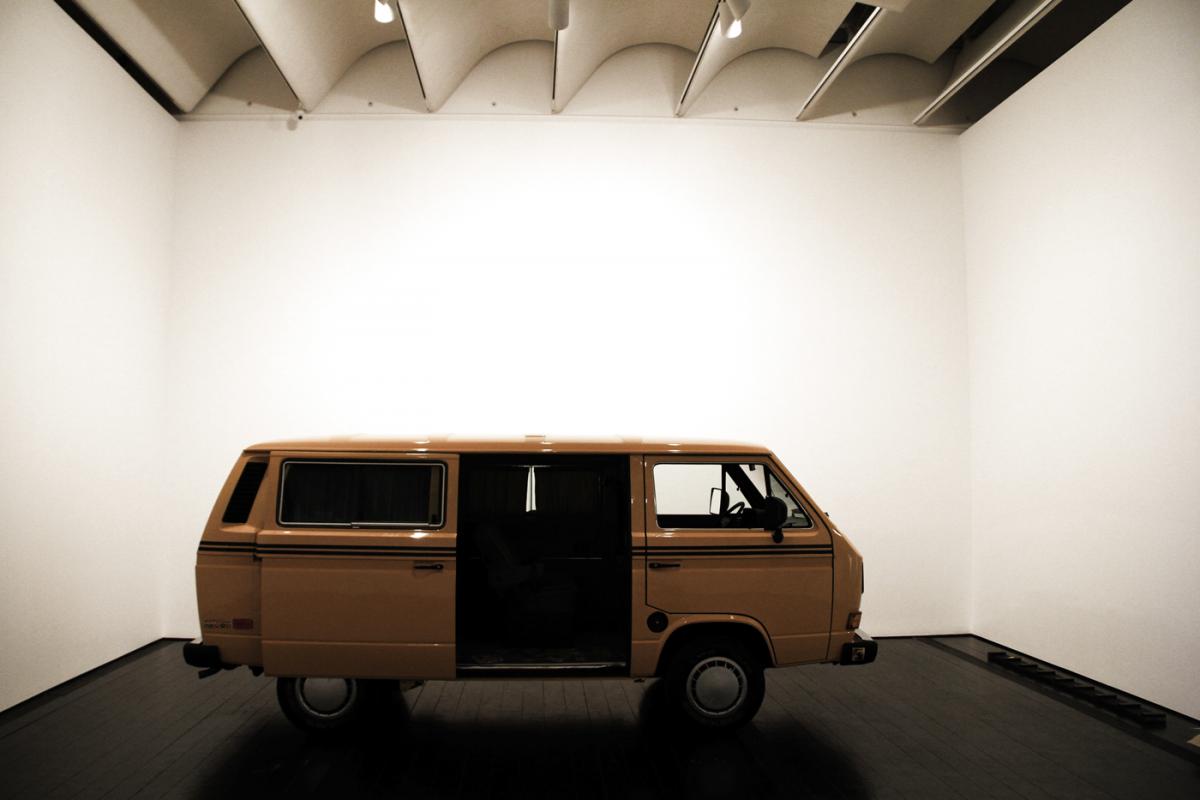
Emeka Ogboh | Bus
Lagos, Nigeria is growing fast but travels slow. The city, which is Africa’s largest, has doubled in population within the past seventeen years, crowding its roads and bridges with many millions of people – too many for the city’s recent infrastructure investments to keep up. Traffic jams, called go-slows, ensue. But while Danfos, the yellow minibuses that are public transportation in Lagos, tend to get stuck, its passengers don’t. While buses crawl, Lagosians move: playing street music, revving engines, hawking products, shouting directions and taking phone calls.
Since 2008, Emeka Ogboh has captured this syncopated world with his project Lagos Soundscapes, in which he records the streets and bus stations of Lagos. His immersive recordings have been exhibited most recently at the Menil Collection, Houston, Manchester City Gallery, andMassMoCA.
For those listening from places where public sound is regulated, the dense and high volume rhythms of Lagos are transporting. Via e-mail from Morocco, where he is in the midst of installing his latest project, Ogboh explains to The Common how Lagos is a city built of sound.
Let’s start with this recording, called simply “Monday Morning in Lagos.”
You have commented that you and everyone else in Lagos is “deeply embedded in the city” and listening to your recordings, I am struck by how many distinct human voices I hear. Besides the bus conductors calling routes or vendors advertising products, for example, we also hear a girl singing on this track. The term go-slows was popularized by another Nigerian singer – Fela Kuti, the iconic Afrobeat pioneer. Are Lagosians forming the city sound as much as the city forms them?
This is probably one of the most interesting pieces I have recorded in Lagos. The girl is an itinerant beggar from one of the neighbouring countries north of Nigeria. They normally move around in family units begging for alms until they are rounded up and deported back to their country. What I found interesting is that she was singing in Yoruba, the native language of this part. This was interesting because she must have learnt the language very fast, considering that itinerant beggars do not stay in one place for too long before they move to another part of the country. But she already understood the advantage of speaking and understanding the native language to get by in Lagos. So, there she was, singing and begging for alms in Yoruba, making up the song as things unfolded around her. If you want to be heard above the din in Lagos bus stations, you have to be loud or find a unique way of projecting your voice. She did it by singing. She starts, cajoling the bus passengers for alms, and when they did not respond to her pleas, her song shifts to admonishing them for not helping the needy. So she was narrating the city, and from her point of view.
Lagosians are shaping the city as much as the city is shaping them. It’s a symbiotic relationship of actions and reactions, the city and its people in a constant tug of war and peace.
Given that, I think it is interesting that you call your recordings of bus conductors calling out routes “verbal maps,” like the one below.
In countries with formal public transport we have come to expect that recorded voices will announce destinations on a given route, so that the verbal map is always the same. It seems that here the verbal map is less fixed. How does that change the way these “maps” convey space?
I hear movement and poetry in the verbal maps. It is like a freestyle rap which the bus conductor delivers on the go. He creatively improvises and incorporates what is happening around him into it. Verbal maps are an indication of the next bus stops or routes along the way. It means that you are moving from point A to point B in a Danfo bus. In a typical Lagos go-slow, you will find these Danfo buses squeezing through every available nook and cranny, because they need to be on the move. The more trips they make in a day, the more money they make. They are the embodiment of the Lagos hustle, the non-stop, fast-paced, time-is-money mentality. The go-slow can’t slow them down. The bus conductor and his verbal maps direct the movement of the Danfo bus driver, like a co-pilot with a map on one of those car-racing rallies.
Your latest exhibition is part of an official parallel project to the Marrakech Biennial 2014 entitled “If you are so smart why ain’t you rich,” which features primarily sound installations. Part of your contribution is below.
Can you tell us about the installation as a whole?
My installation Oshodi Stock Exchange explores the informal economy in Lagos as a parallel economic sphere governed by its own internal dynamics and system, often referred to as System D. I am interested in a sub-section of the informal economy operated by itinerant hawkers and street vendors scattered all over Lagos streets and bus stations.
For this project, I collaborated with a Berlin based composer and pianist, Kristian Kowatsch, who composed music inspired by the Lagos soundscapes. The two channel sound installation features one channel with the voices of the hawkers installed on speakers suspended from the ceiling of the gallery space and fitted with metal trays of the kind hawkers use to carry wares on their heads. On the second channel (available above) the piano compositions layered with Lagos soundscapes stream from loud speakers around the room. An LED display shows Lagos street hawking sales from contrived data of fictional and non-fictional companies. The idea is to create a model illustration of the informal sector by displaying it as a stock exchange index, showing different goods and how their sales rank.
Sound is a good medium to represent these hawkers, because these bus stations are normally packed with people and buses, and most times you do not see these hawkers, but you can hear them calling out their wares. If you want to purchase anything, you call out what you need and the hawker tracks you down to make a sale. So in these spaces, sound is the ultimate means of communication.
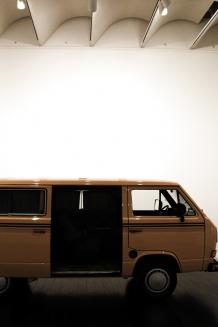 Emeka Ogboh | Bus
Emeka Ogboh | Bus
Emeka Ogboh’s latest exhibition is at the ESAV Marrakech through March 22nd. He is also featured in the First International Biennial of Contemporary Art in Cartagenas de Indias, Colombia through April 7th.
